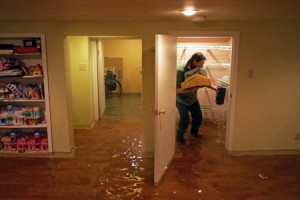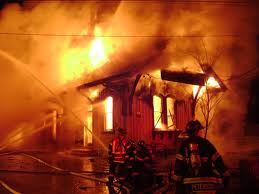Flower Mound Roofing – Hail Damage Part 4
Flower Mound Roofing – Hail Damage Part 4
by Kenton Shepard and Nick Gromicko
Studies have shown that hailstones vary in density. The density of a hailstone is an indication of how hard it is. The layers of ice, which accumulate as a hailstone grows, often contain air bubbles which make the hailstone softer, lighter and less likely to cause damage.
A low-density hailstone can have more in common with a snowcone than it does with a hailstone.
Softer hailstones leave distinctive marks called “spatter,” which can be a good indicator of the size, density and quantity of hail fall.
Although softer stones may not damage roof-covering materials, they may leave noticeable, temporary marks on whatever they hit. Instead of indentations, spatter often leaves marks resulting from the removal of surface oxidation, particulates such as dust and dirt, or microbial growth.
Velocity
The fastest speed at which an object of a specific shape can possibly fall is called its terminal velocity or free-fall speed. The terminal velocity of hailstones is important because the faster a hailstone falls, the more impact-energy it carries. A hailstone falling fast is more likely to cause damage when it hits than a similar hailstone falling more slowly.
(Greenfield, 1969)
|
Hail |
Terminal Velocity |
Impact Energy |
|||
| in. | cm | mi/hr | m/sec | ft.-lbs. | Joules |
| 1 | 2.5 | 50 | 22.3 | <1 | 1.36 |
| 1¼ | 3.2 | 56 | 25 | 4 | 5.42 |
| 1½ | 3.8 | 61 | 27.4 | 8 | 10.85 |
| 1¾ | 4.5 | 66 | 29.6 | 14 | 18.96 |
| 2 | 5.1 | 72 | 32 | 22 | 29.8 |
|
2¼
|
5.8 | 76 | 34 | 34 | 46.01 |
|
2½
|
6.4 | 80 | 35.7 | 53 | 71.9 |
|
2¾
|
7 | 84 | 37.6 | 81 | 109.8 |
| 3 | 7.6 | 88 | 39.6 | 120 | 162.7 |
Impact-energy increases exponentially as hailstone size increases.
Variation Within Storms
It’s not unusual for hail within a single storm to carry different amounts of impact-energy. Hail at the leading and trailing edges of the storm may have characteristics different from hailstones falling from the main body of the storm, since the conditions at the edges of the storm will be different from those in the middle.
No need to struggle deciding which repairs you will make to your Flower Mound Roofing Damage- you have enough to think about. Your insurance will cover the cost of your Flower Mound roofing repairs. We are the Flower Mound roofing company that knows the complete ins and outs of what needs to be done to completely take care of your Flower Mound roofing repair At Go Go Green Roofing and Solar we will take care of the whole insurance process for you. Call us today at (682) 325-2682 for your free evaluation.






